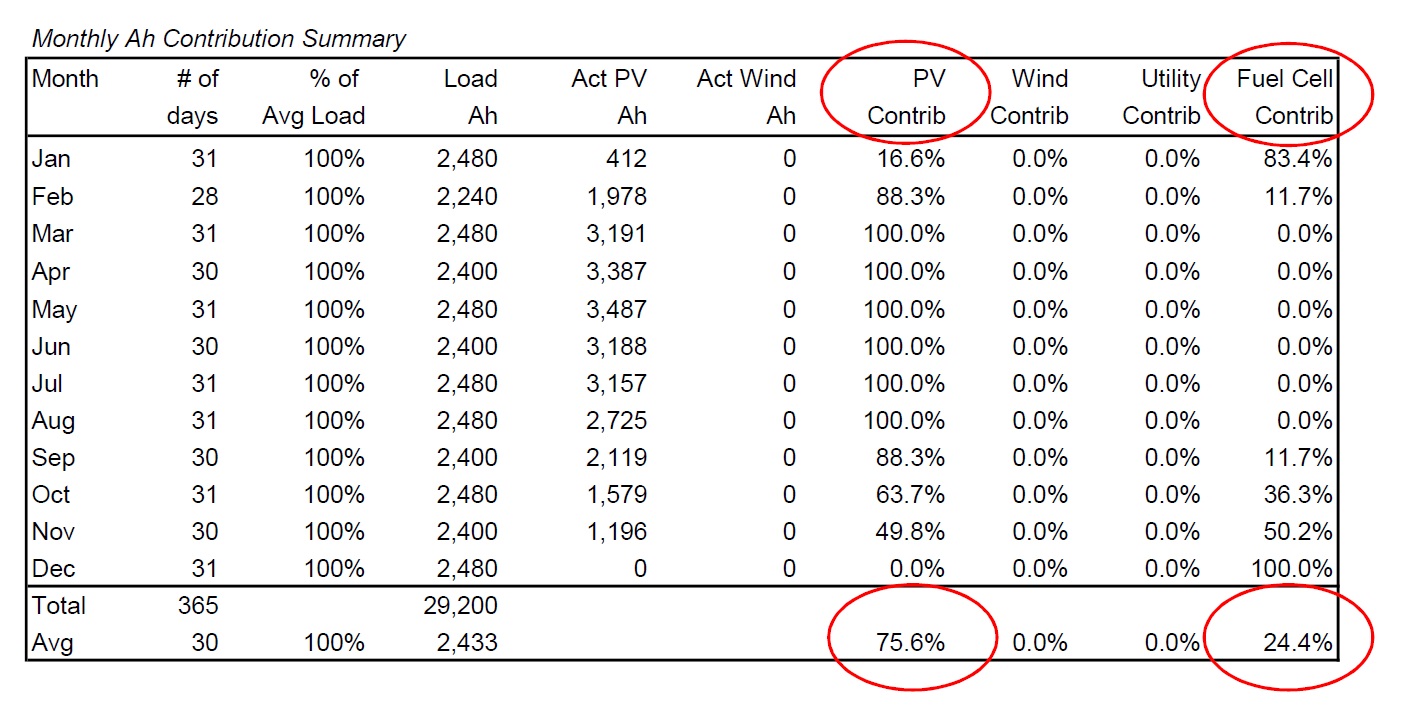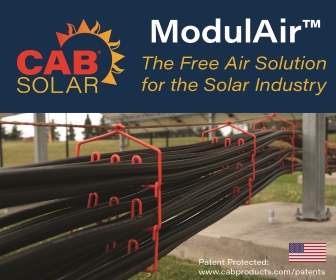A Wise Choice for Low Sun PV
Solar-powered photovoltaic (PV) systems work great in most parts of the world; however, there are locations that get little or no  sunlight for part of the year, rendering complications with using solar power. Fortunately, you can still use a solar-powered PV system in those locations by adding an alternate energy source, and making it a hybrid system.
sunlight for part of the year, rendering complications with using solar power. Fortunately, you can still use a solar-powered PV system in those locations by adding an alternate energy source, and making it a hybrid system.
Solar-powered PV systems have been a great, cost-effective solution for off-grid power generation for decades, but have struggled in northern climates like Alaska and Canada, where they get little to no sunlight during parts of the winter. Hybrid systems are the common solution to this problem. Hybrid systems use generators or wind turbines to provide power during the harshest winter months. In addition, 30-60 day battery banks are often used to increase reliability, and extend operation through the months with little or no sunlight. All of these solutions have issues, which are further complicated by the extreme cold of their locations.
Derated for temperature, a large battery bank can be expensive, take a long time to recharge, and can be at a high risk of sulfation (due to the extended length of time at a low state of charge).
Wind generators rely on a variable resource that makes their energy contribution difficult to predict. Furthermore, they have rotating parts that require maintenance, which can be complicated by extreme cold.
Generators need to be hardened for extreme cold. They may require block heaters and other accessories that decrease overall efficiency, and add to the load on the PV system. Efficiency is further reduced by frequent exercise cycles.
Thermal Electric Generators (TEGs) are another potential hybrid power source. However, TEGs are extremely inefficient and cannot be cycled; they must be turned on in the fall, and turned off in the spring.
Fuel cells are another great option. However, not all fuel cells are the same. PEM fuel cells do not work well in cold climates: If their membranes freeze they can be damaged. They need to be exercised in order to keep their membranes from drying out. Getting hydrogen fuel to a remote site can also be a challenge.

Solid Oxide Fuel Cells (SOFCs), on the other hand, are a nearly perfect solution.
SOFCs can operate in ambient temperatures as low as -40 °C, and storage temperatures as low as -65 °C. They can sit in standby for months, or years. They only consume 0.05W in standby, and can be cycled. SOFCs are also very efficient - consuming as little as 0.25 lbs. of LPG/hr. for 250W of electrical energy.
SOFCs have been added to trailed mounted solar systems to extend their runtime and to stand-alone solar systems with critical loads. Their fuel efficiency, low standby power consumption, and lack of required exercise cycles make them a great complement to solar.
Rob Rallo is a Senior Engineer at SunWize Power & Battery. He has been in the solar industry for over 28 years, focused on off-grid power solutions, and is currently working with IEEE to update the industry standards regarding off-grid power systems. SunWize offers a range of on the shelf and fully custom stand-alone PV, hybrid, and battery-backup power systems, as well as a full complement of battery and control cabinets and quality power system parts.
SunWize Power & Battery | www.sunwize.com
Volume: 2018 July/August









.png?r=1701)

